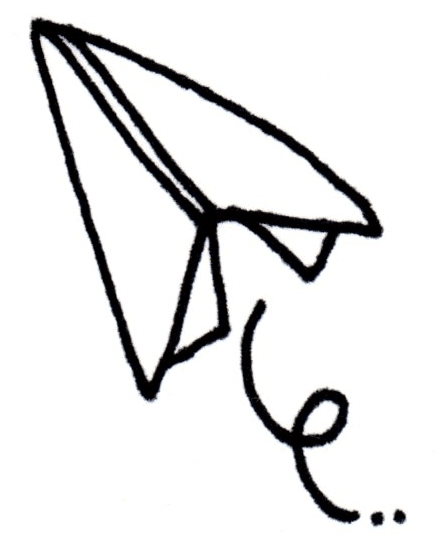Managing baby eczema during winter



Commonly, baby eczema flares up in winter. The cold weather and dark evenings mean that babies spend more time inside where the central heating lowers the humidity and dries the skin. This drying also makes delicate skin more vulnerable to other triggers. When we do make it outside, the biting northerly winds can dry their skin further. To make matters worse, the shorter days and lack of sunlight coupled with extra layers of clothing reduce the amount of vitamin D that the skin can synthesize to support healing.
Adapt your baby’s skin care regime
You’ll already be familiar with emollients and steroid creams in managing baby eczema. However, as the weather changes and your baby’s skin becomes drier, you’ll need to modify your baby’s skin care regime to ensure that it stays as soft and supple as possible. You’ll probably need to use more moisturiser and maybe need to increase the number of times you moisturise them each day. You may also find that a moisturiser that worked in the summer may not work as well in the winter. If you are struggling to keep your baby’s skin supple, talk to your GP about using a different moisturiser. Many people find that heavier, paraffin based emollients work better in the winter. It’s also worth asking your doctor to prescribe extra smaller tubes to keep with you when you are out and about.
- Top tip: Many pharmacies only carry a limited stock of moisturisers and there’s usually a rush on them during the autumn, so it’s useful to keep an eye on the level so you can get your repeat prescriptions early. With the opaque dispenser style ones – if they wobble about when you use the pump, they are probably running out.
As your baby’s skin becomes drier it can become more sensitive to toiletries – even eczema friendly products can have a slightly drying effect. Our kids tend to stay cleaner in the winter so we can avoid toiletries altogether and use plain water in the bath most days. We also cut down the frequency of baths in the winter (they need a bath every day in the summer!) which seems to help.
Baby friendly eczema clothing
You will inevitably end up buying your baby a complete new winter wardrobe as winter rolls in. Remember to rinse all new clothes thoroughly to remove the starches and dressing used in the manufacturing process. If you have inherited clothes that have been washed with a different detergent, rewash them with your usual brand to get rid of any eczema inducing residues. If your baby is very sensitive to detergents, it’s a good idea to use a pre-wash and repeat the rinse cycle a couple of times.
Loose cotton clothing is good but do try to avoid bulky layers, as the extra fabric can press on sore skin. Lots of thin layers work well as you take them off/put more on to make sure that your baby doesn’t get too hot (which makes eczema even more itchy) or cold. Watch out for woolly hats and mittens, these can really aggravate eczema prone faces and wrists, even the cotton lined ones can still irritate around the edges. Avoid woolens, however cute, as wool and wool-like fibres can really irritate eczema-prone skin and natural lanolin left in real wool can cause allergic reactions. We find that fleece hats and scarves work well for us and ScratchSleeves make great winter gloves for eczema. See our article on eczema friendly clothing for more top tips on choosing comfortable clothes for your eczema baby.
Out and about – the eczema friendly way
The most effective way that we found for protecting our eczema baby’s skin when we were out and about was to use the raincover on his pushchair whatever the weather. This both kept the wind off and he built up quite a fug which was great for keeping his skin moist, but he wasn’t so impressed at not being able to see out when he fogged up! The downside of this is that the UVB needed to synthesize vitamin D can’t pass through the plastic.
For toddlers who like playing outside, a rain suit or waterproof snowsuit is great at keeping the wind out and the humidity in. We have all-in-one waterproof suits that we’ve been using since the kids could crawl. These keep them and their clothes reasonably clean and dry, even when they find the hose pipe. Whatever you choose, do make sure that outdoor clothing has a wind proof layer and try to find non-breathable fabrics as they will keep the air next to you baby’s skin more humid.

Increasing indoor humidity
The reduced indoor humidity from central heating is one of the key triggers for winter flares-ups of baby eczema. But there are some things that you can do:
- Reduce your thermostat by a degree or two (ours is set at 19°C) to reduce the drying effect
- Open the windows to let in the fresh, moist air on milder days
- Air damp washing around the house to replace some of the lost moisture, although with older children there is a risk that it might be used as a tent and need rewashing!
- Place a bowl of water above the radiators – but with intuitive toddlers this may not be such a good idea!
- Use a room humidifier in your baby’s bedroom. There’s a huge range of options – some with integrated nightlight. Please do make sure that both it and its cable are well out of reach to avoid accidents.
A word of caution: house dust mites thrive in moist atmospheres – if you think your baby’s eczema is aggravated by them it’s probably best not to actively increase the humidity. We are currently using the washing drying approach around the house but keeping it out of the bedrooms as we do have house dust allergies in the family.
Baby eczema affects every child differently, these are things that have worked for our family. What has worked for yours?
Here at ScratchSleeves we don’t just share our experiences of bringing up an eczema child and favourite allergy friendly recipes, we also manufacturer and sell our unique stay-on scratch mitts and PJs for itchy babies, toddlers and children. We now stock sizes from 0-adult years in a range of colours. Visit our webshop for more information.
The Calm Skin Guide
Love our blog? It's also available in book format with:
- First hand accounts from parents & medical professionals
- Easy navigation
- Comprehensive index
- Additional material
Signed copies available at no extra cost
Written by:
Interesting article? Don't keep it to yourself...
Read next...
You may also find helpful...
Quick buy


Multi Buy Discount

Spend between £30 - £60 and save 5%
Spend between £60 - £120 and save 10%
Spend over £120 and save 15%
Discount automatically applied at checkout
No Quibbles Guarantee

ScratchSleeves abide by a no quibbles guarantee.
Free UK Postage

Free packing and postage on all UK orders. For overseas orders to Europe postage is from £3.50, to USA is £6.50 and to the rest of the world, from £3.75.






